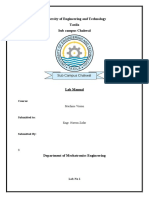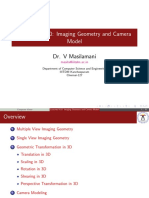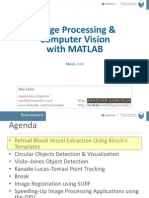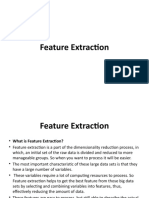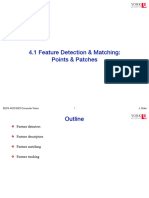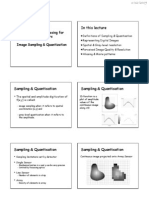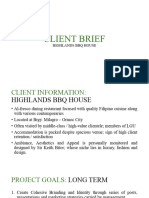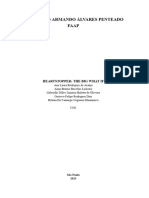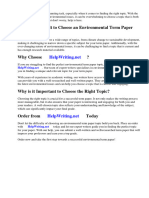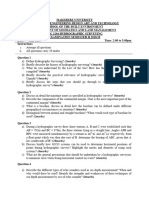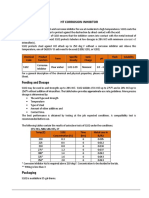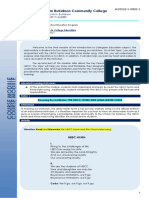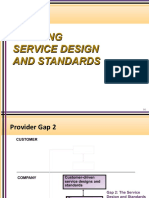0% found this document useful (0 votes)
200 views3 pagesComputer Vision
The document outlines a course on Computer Vision, detailing its objectives, units, and outcomes. It covers topics such as image processing techniques, shape and region analysis, Hough Transform applications, 3D vision, and motion analysis, along with practical applications like face detection and surveillance. The course aims to equip students with the skills to implement image processing techniques and develop computer vision applications.
Uploaded by
janarthanan20669Copyright
© © All Rights Reserved
We take content rights seriously. If you suspect this is your content, claim it here.
Available Formats
Download as DOCX, PDF, TXT or read online on Scribd
0% found this document useful (0 votes)
200 views3 pagesComputer Vision
The document outlines a course on Computer Vision, detailing its objectives, units, and outcomes. It covers topics such as image processing techniques, shape and region analysis, Hough Transform applications, 3D vision, and motion analysis, along with practical applications like face detection and surveillance. The course aims to equip students with the skills to implement image processing techniques and develop computer vision applications.
Uploaded by
janarthanan20669Copyright
© © All Rights Reserved
We take content rights seriously. If you suspect this is your content, claim it here.
Available Formats
Download as DOCX, PDF, TXT or read online on Scribd
/ 3


























